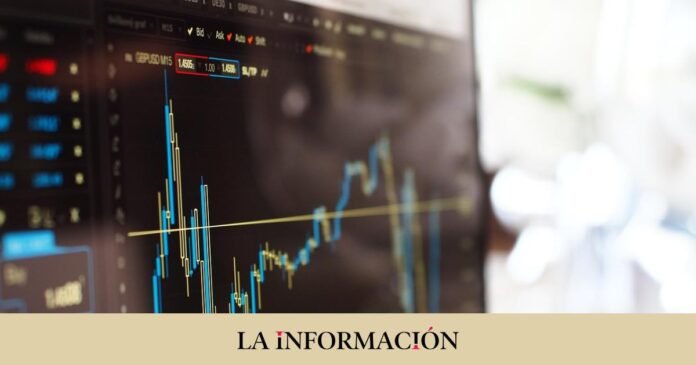Strong rises in bond market yields over the past year have strengthened buffers against rate volatility and led many investors to conclude that fixed income is back. To know whether investors have missed the moment or not, there are two main factors: the flows of funds and the entry point for the institutions. The first quarter flows of 2023 are likely to reverse the net aggregate negative fund flows into active bond funds that occurred in 2022.
Although the picture varies from one category of active bond funds to another, the total net inflow of $43 billion in the first quarter of 2023 was a fraction of the median quarterly net outflow in 2022 of $163 billion. But it is an important trend change that marks the new boom in this space. Investors have been cautious amid concerns about weaker growth prospects, the potential impact of the banking sector’s woes on the broader credit market and lingering inflation.
“This has kept many on the short end of the curve and in money market funds, which are relatively low risk and attractive due to the inversion of the yield curve,” says Jaime Raga, senior CRM at UBS AM. iberian. On the other hand, the resistance of bonds has also been demonstrated by the yield so far this year.
Specifically, both investment grade (‘investment grade’ or IG in English) and ‘high yield’ bonds posted significant and positive returns in the first five months of 2023 despite all the headwinds (major banks restrictive central banks, recent turbulence in the banking sector, persistent geopolitical uncertainties). In addition, both the investment grade and high yield segments outperformed money markets and short duration bonds by approximately 1% in the year to May 31, 2023.
The ‘family office’ could be planning one of the biggest changes in the projection of assets in years
Looking ahead, the increase in returns that has taken place since the end of 2021 has created significant positive directional asymmetry in returns for a hypothetical interest rate move. Specifically, looking to December 2021, a 50 basis point rate hike would have resulted in a 12-month return of -2.6% for a 10-year US Treasury note (UST).
“The same rate move would have led to much less pronounced negative returns for a 10-year US bond in the 12 months from May 2023,” Raga said. In addition, major central banks appear to be near the highs of their resistance cycles, and key interest rates are expected to decline in 2024 and 2025. For example, the Federal Reserve’s projection, released earlier this month, predicted It says that the target for the fed funds rate would fall about 170bp from the current range by the end of 2025.
For Raga, on the one hand, it cannot be ruled out that inflation will remain firmer than expected, which would imply that high interest rates would persist for longer than initially contemplated. “However, in our opinion this is mitigated by the significant performance cushions available,” he qualifies. Also, waiting for positive momentum to hit the headlines could prove to be too little too late given the current state of returns. In fact, investor sentiment may already be turning more favorable towards fixed income.
By way of example, the report ‘UBS Global Family Office Report 2023’ indicates that family offices could be planning one of the biggest changes in the appearance of assets in years, with fixed income being the most popular source of diversification. “Specifically, after three years it will reduce exposure to bonds, nearly four in ten (38%) plan to add in the next five years. In other words, while the ship is still open for boarding, wait until after it is made the last climb could leave an aspiring traveler stranded,” concludes the expert.

